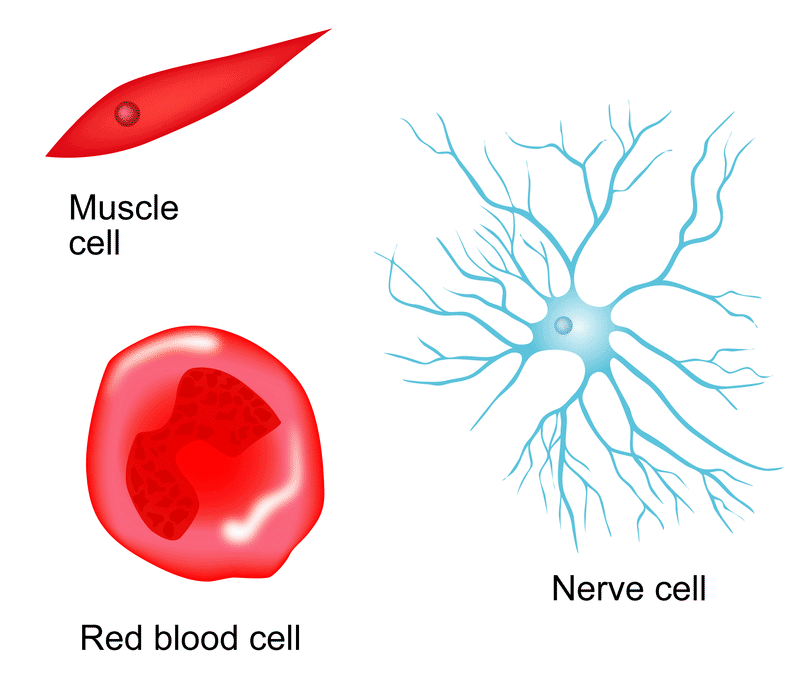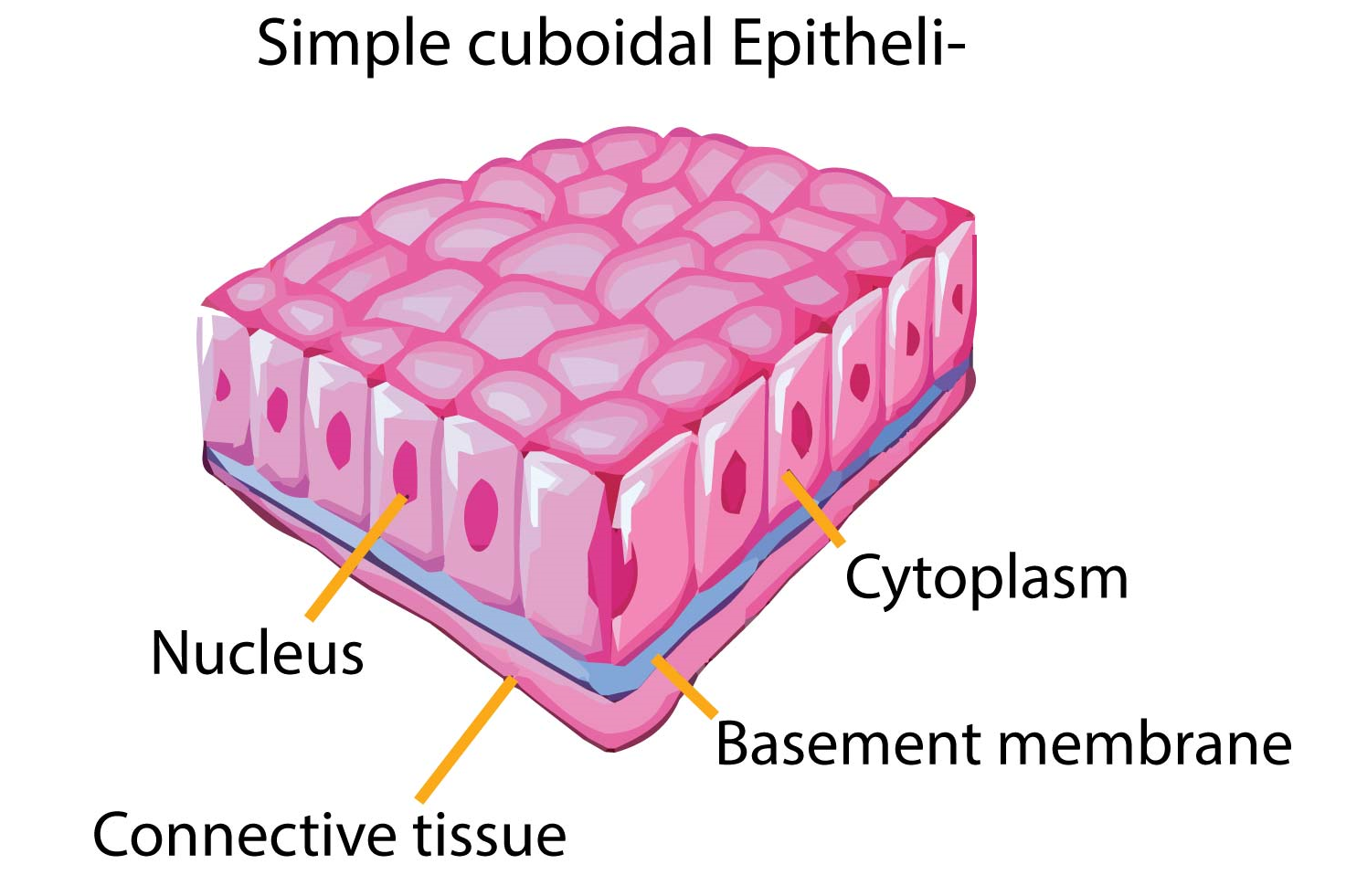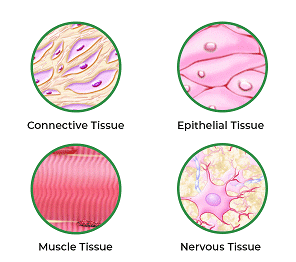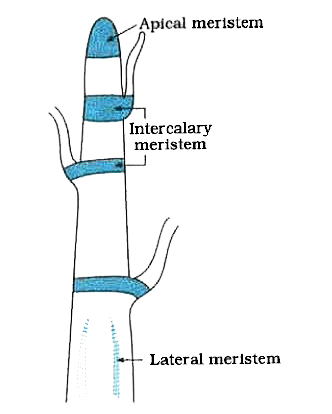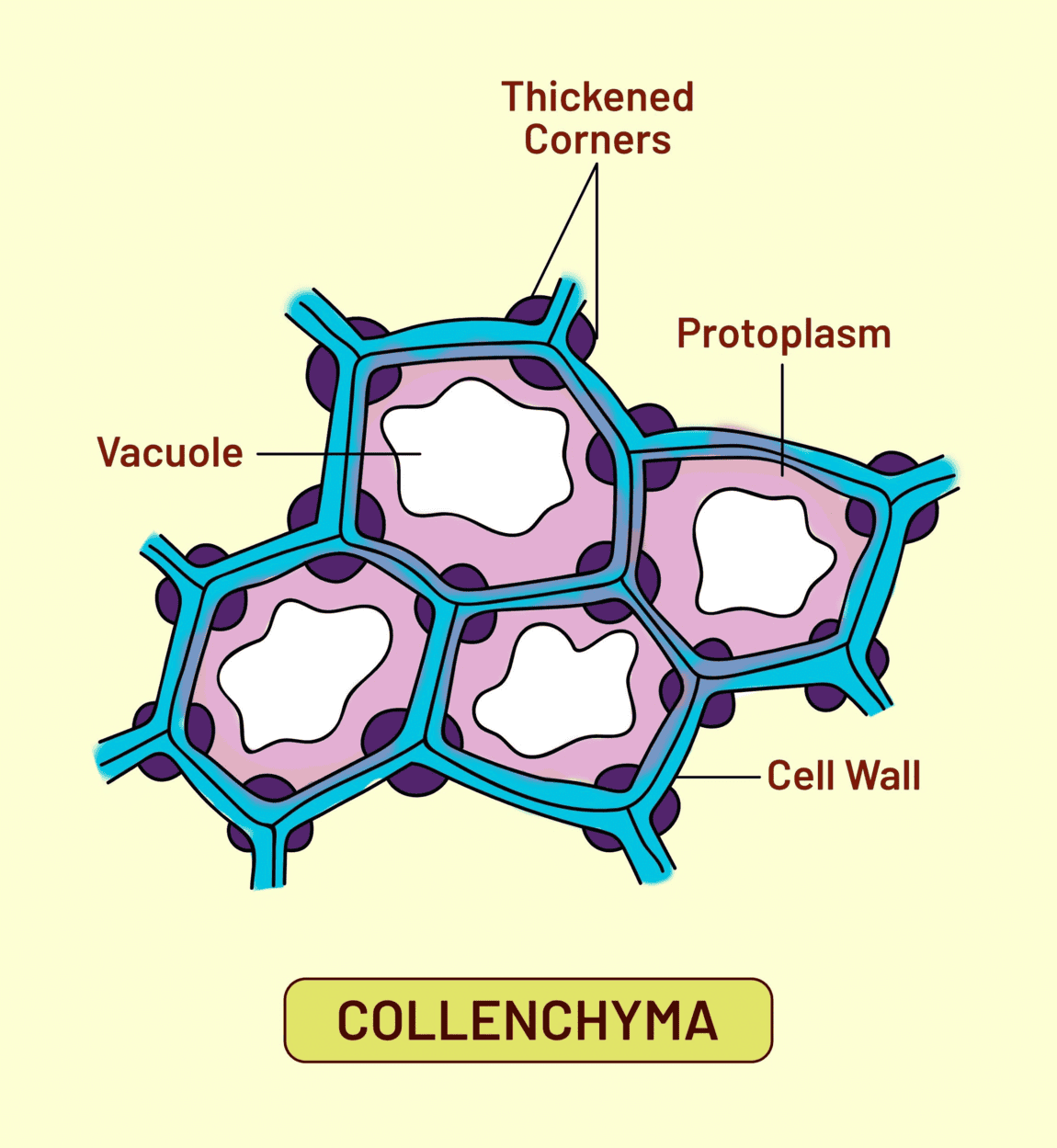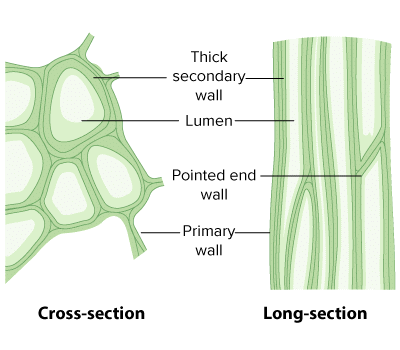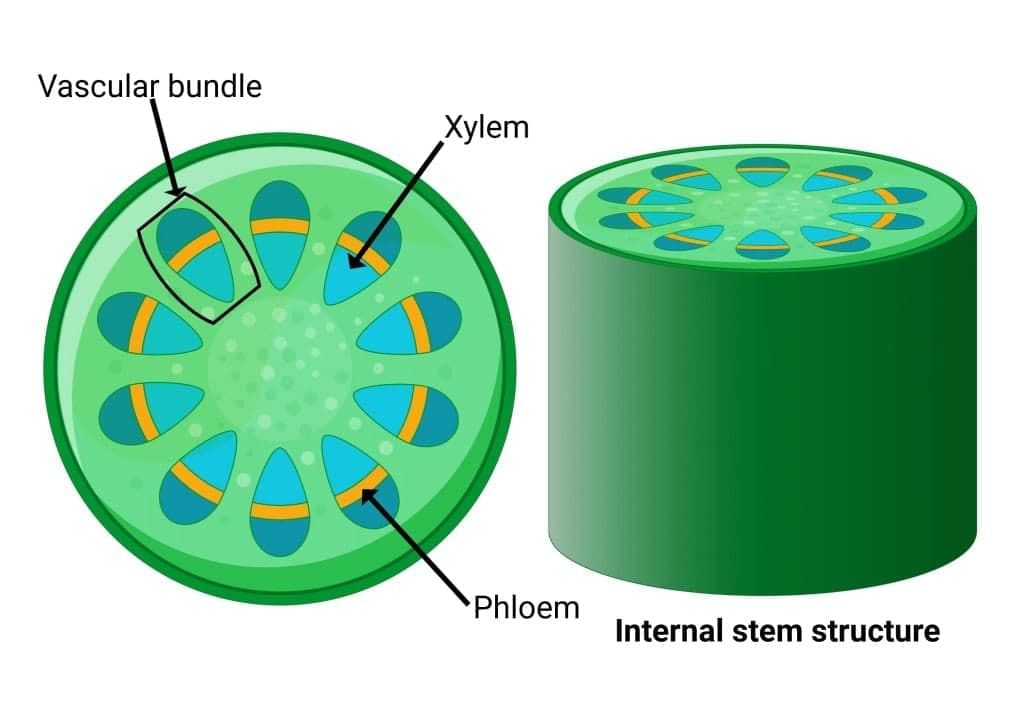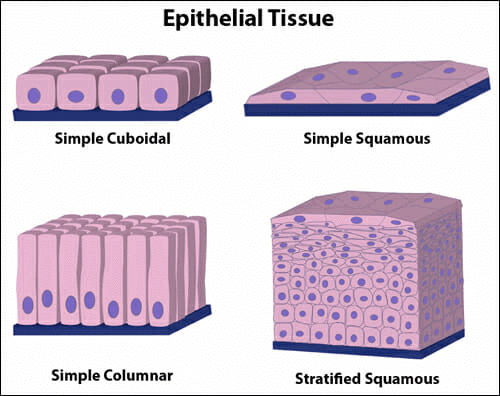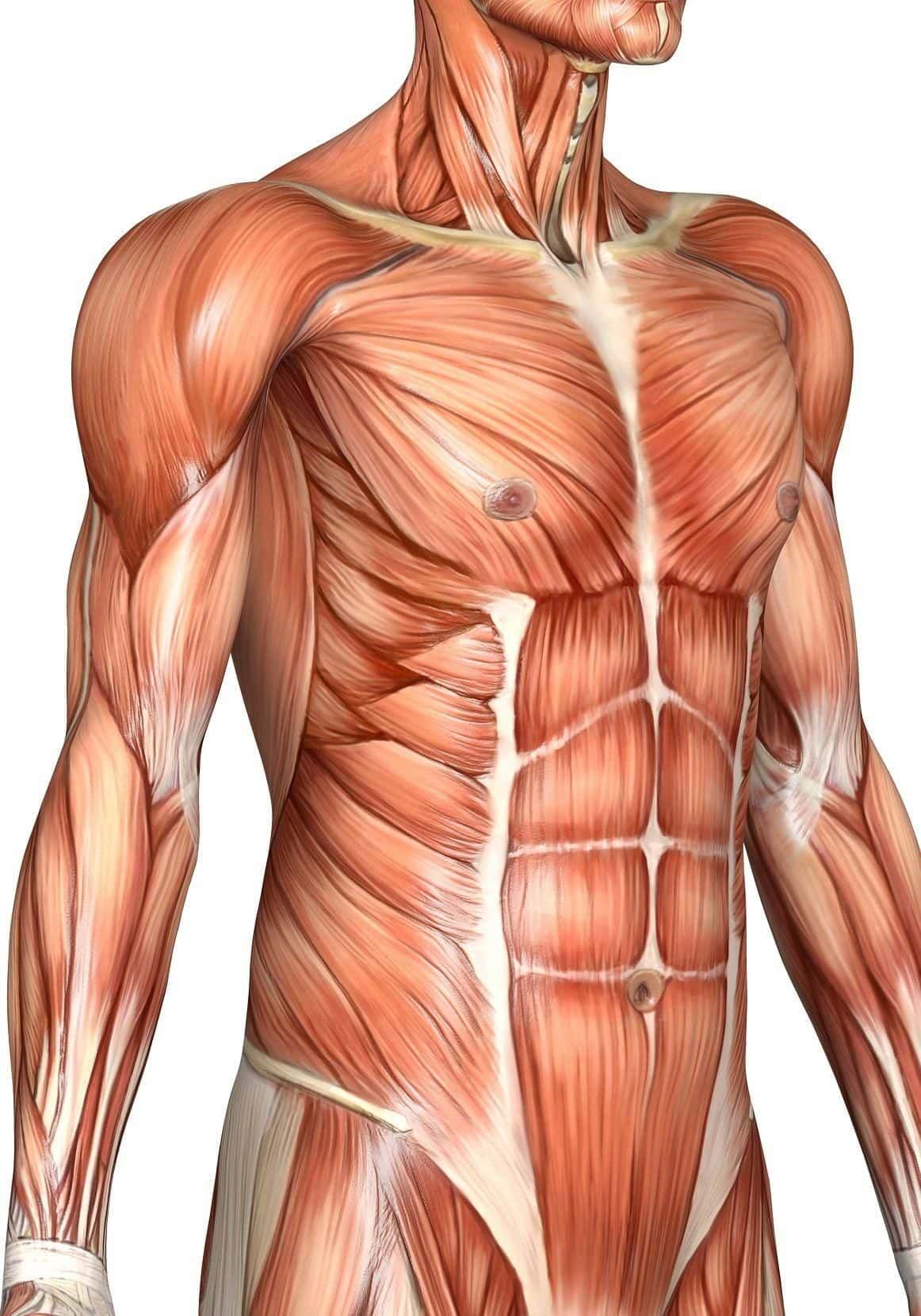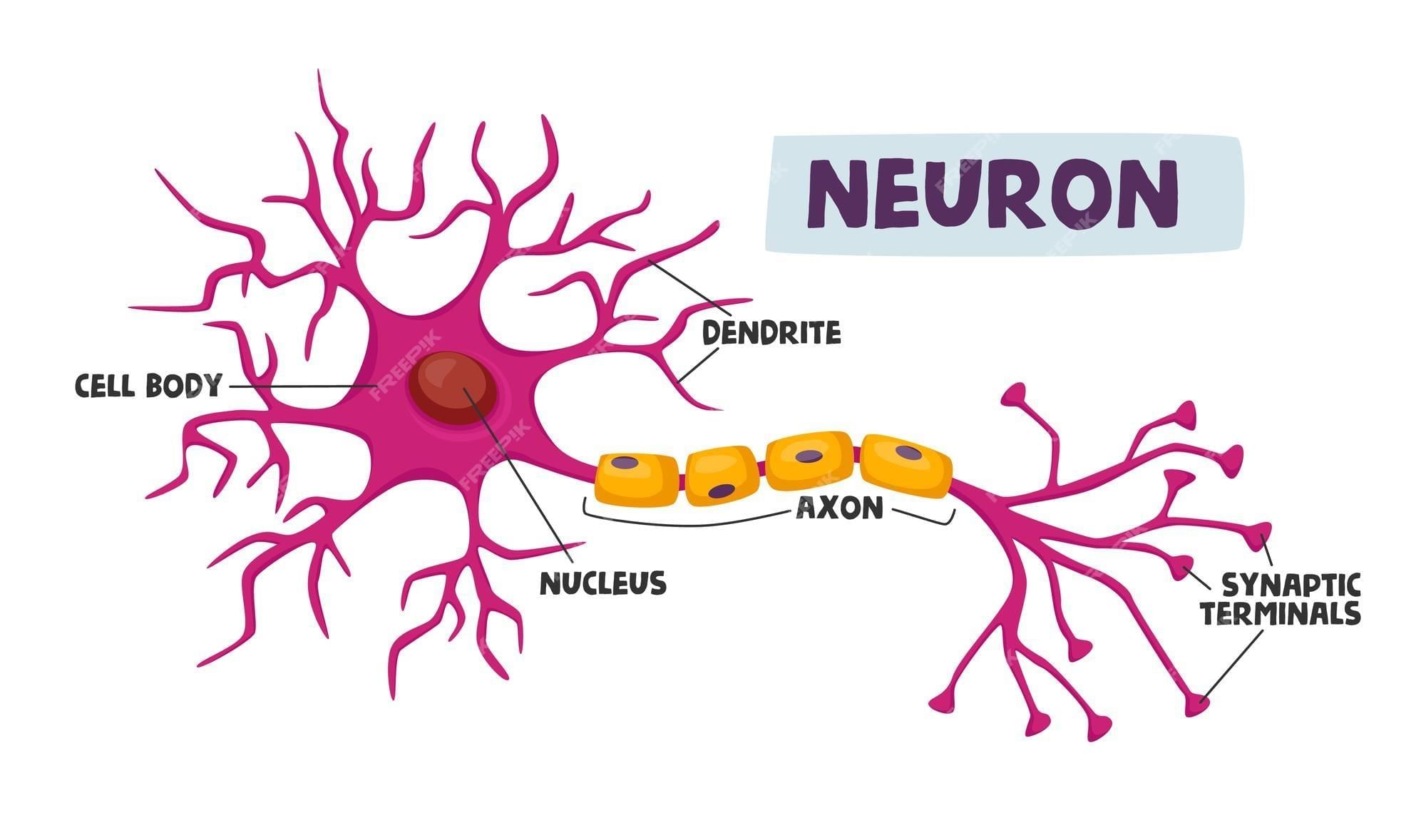|
In multicellular organisms, specialized cells perform specific functions. Name three types of specialized cells and their primary functions. |
Card: 1 / 30 |
|
1. Muscle cells: Help in movement by contracting and relaxing 2. Nerve cells: Carry messages across the body 3. Blood cells: Transport oxygen, nutrients, hormones, and waste materials.
|
Card: 2 / 30 |
|
True or False: A tissue is a group of similar cells working together to perform multiple functions. |
Card: 3 / 30 |
|
False. A tissue is a group of similar cells working together to perform a specific function. |
Card: 4 / 30 |
|
Fill in the blank: Vascular tissues in plants are responsible for transporting ___ and ___ from one part of the plant to another. |
Card: 5 / 30 |
|
True or False: Animal tissues are classified into three main types: epithelial, connective, and muscular. |
Card: 7 / 30 |
|
False; animal tissues are classified into four main types: epithelial, connective, muscular, and nervous.
|
Card: 8 / 30 |
|
What are the two main categories of plant tissues, and what is the primary function of meristematic tissue? |
Card: 9 / 30 |
|
True or False: Permanent tissues can still divide and are always composed of living cells. |
Card: 13 / 30 |
|
False. Permanent tissues are derived from meristematic tissue that has lost the ability to divide, and they can be composed of both living and dead cells. |
Card: 14 / 30 |
|
Fill in the blank: Collenchyma provides ___ and ___ to growing parts of the plant. |
Card: 15 / 30 |
 Unlock all Flashcards with EduRev Infinity Plan Starting from @ ₹99 only
|
|
True or False: Sclerenchyma cells are living cells that provide structural support. |
Card: 17 / 30 |
|
False. Sclerenchyma cells are usually dead at maturity and provide strong support due to their thick, tough walls.
|
Card: 18 / 30 |
|
1. Simple Squamous 2. Stratified Squamous 3. Cuboidal 4. Columnar (ciliated) 5. Glandular
|
Card: 24 / 30 |
|
True or False: Connective tissues are characterized by tightly packed cells with minimal space between them. |
Card: 25 / 30 |
|
Fill in the blank: The ____, which are responsible for sending signals, are long extensions of neurons, while the short, branched extensions that receive signals are called _____. |
Card: 29 / 30 |





